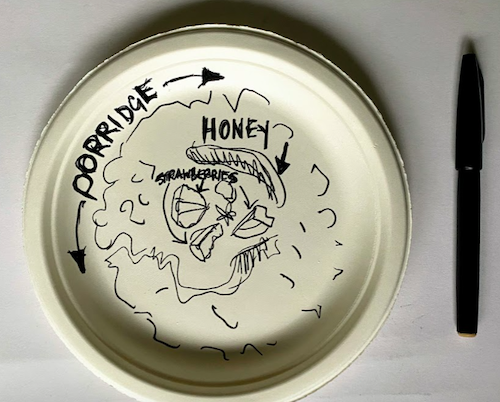Some thoughts on e-moderating from Gilly Salmon all from 'E-moderating'. (2003)
Perhaps we ought to call them Tutors or Associate Lecturers though, rather than moderators.
What do you think?
'It is worth structuring your course to provide participants with rhythm, enticement, flow and pace to their online study.' p63
'We have found that the first few weeks of being online is a critical time for group forming and confidence building'. p64
You've got to make a good first impression, enough, but not overpowering, leading the way?
'Participants in online learning are involved in a variety of communities of learning and practice at the same time, and have a myriad of other responsibilities. Some of these may be similar in values and beliefs and norms of behaviour to those of the course groups and some may not. You need to build enticement, inclusiveness and pacing to make your experience stand out'. p65
Should this come from the Tutor or from Learning Design? Who sets the pace? It depends on whether the module is an obstacle course or the shot-put.
'Long message take time to read and respond to (but may be more worthwhile than short ones). p66
I guess to stay friends with your fellow students and the Tutor you should keep the length down a bit ... but do they read it at all?
'Summarizing, archiving and weaving are the key skills for the e-moderator. They save participant's time, and enable participation in new ways. Furthermore, the more successful an e-moderator is, the more likely he or she will be overwhelmed by success in terms of many student messages'.
A note in relation to countries with poor fixed-lined telephone systems:
'Mobile connectivity through cellular systems will provide access to many more people who will 'leap-frog' over others, technologically, by missing out interim stages'. p70
And a note in relation what learning means.
'What we know of learning is that we want people to change what they actually do, we need to offer experiences that shuffle backwards and forwards between what they already know, and what they are prepared to develop, between specific details and their implications in wider contexts, and between practice and reflection.' (Harvey and Knight, 1996)
Meanwhile I have 60 pages of course work to read, take notes, and comment on ... and then comment on the comments of others in the Tutor Group Forum .. and then I can climb into a hot elluminate session.
(Or should that be a bath?)
REFERENCE
Harvey, L and Knight, P (1996) Transforming Higher Education, SRHE and Open University, Buckingham.
(52294)

